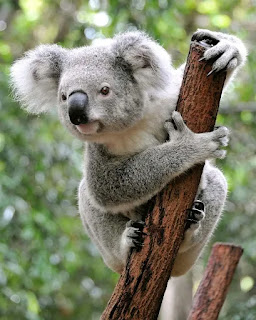My Thoughts
Today, as we commemorate Wildlife Day, we are invited to pause and reflect on the intricate and invaluable role that wildlife plays in the tapestry of our planet. More than just a collection of interesting creatures, wildlife encompasses the entire spectrum of non-domesticated plants, animals, and microorganisms that form the very backbone of healthy ecosystems and contribute immeasurably to human well-being. Wildlife Day serves as a potent reminder of the beauty, fragility, and critical importance of these wild inhabitants and a call to action to protect them for generations to come.
The significance of wildlife extends far beyond aesthetic pleasure. From the towering trees of the rainforests to the microscopic plankton in the oceans, each species contributes to the delicate balance of ecosystems. They perform vital functions such as pollination, seed dispersal, nutrient cycling, and pest control, services that are essential for the health and stability of the environment upon which we all depend. Predators regulate prey populations, preventing overgrazing and maintaining vegetation cover. Decomposers break down organic matter, enriching the soil and supporting plant growth. The interconnectedness of these life forms creates a complex web of relationships that, when disrupted, can have cascading and devastating consequences.
Furthermore, wildlife plays a crucial role in supporting human economies and livelihoods. Ecotourism, for instance, relies heavily on the presence of diverse and thriving wildlife populations, attracting visitors from around the world and generating significant revenue for local communities. Many indigenous cultures depend directly on wildlife for food, medicine, and cultural practices, highlighting the inextricable link between human well-being and the health of the natural world. The potential of undiscovered medicinal compounds and biotechnological innovations hidden within wild species further underscores the importance of conserving biodiversity for future scientific advancements.
On Wildlife Day, we are reminded of the urgent need to address these challenges and safeguard the future of our planet's biodiversity. This requires a multifaceted approach encompassing both local and global efforts. Strengthening protected areas and enforcing anti-poaching measures are crucial for safeguarding critical habitats and vulnerable populations. Investing in sustainable land management practices and promoting responsible tourism can help to minimize human impact on wildlife. Addressing climate change through reducing carbon emissions and transitioning to renewable energy sources is essential for mitigating its devastating effects on ecosystems.










No comments:
Post a Comment